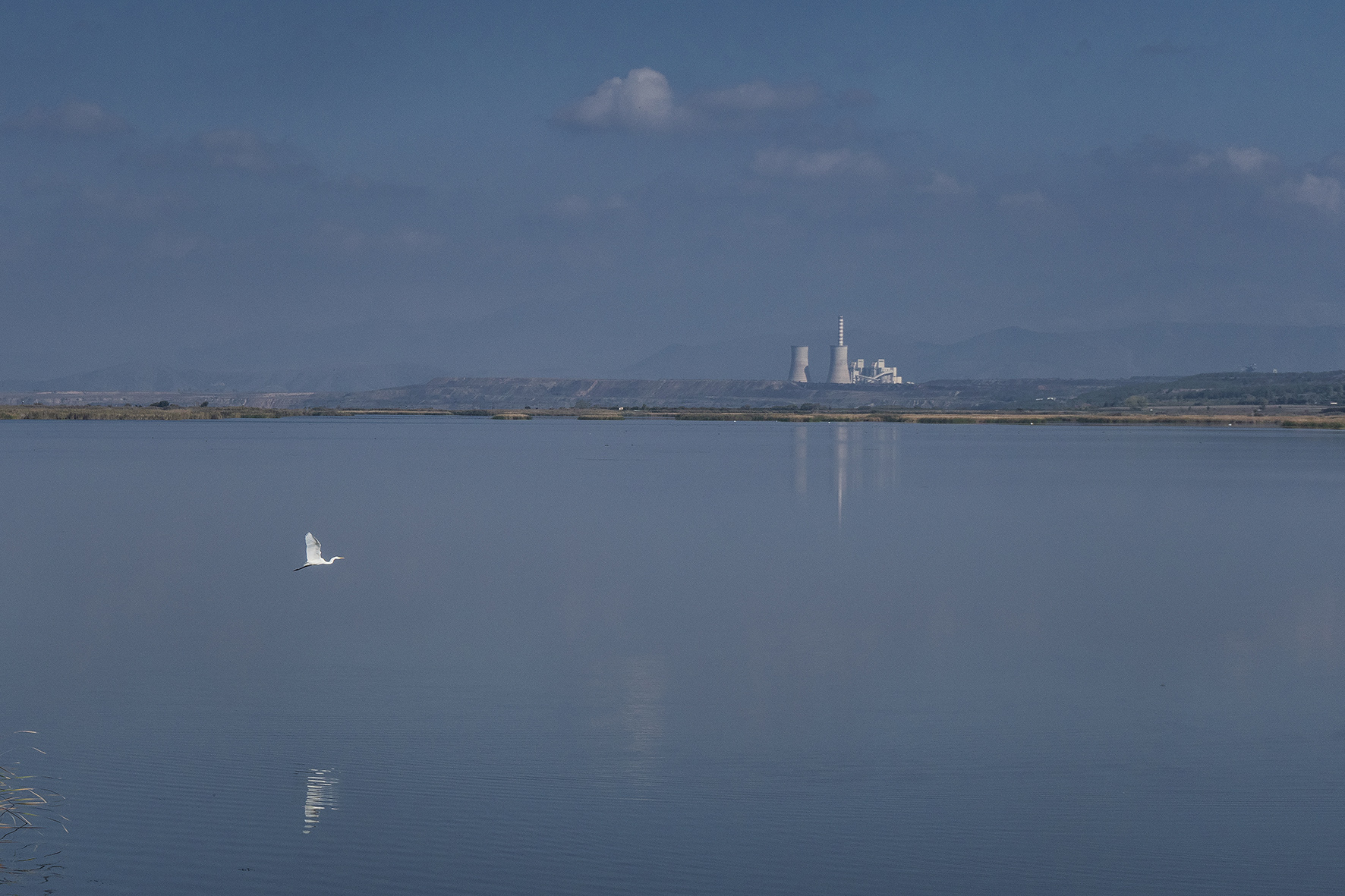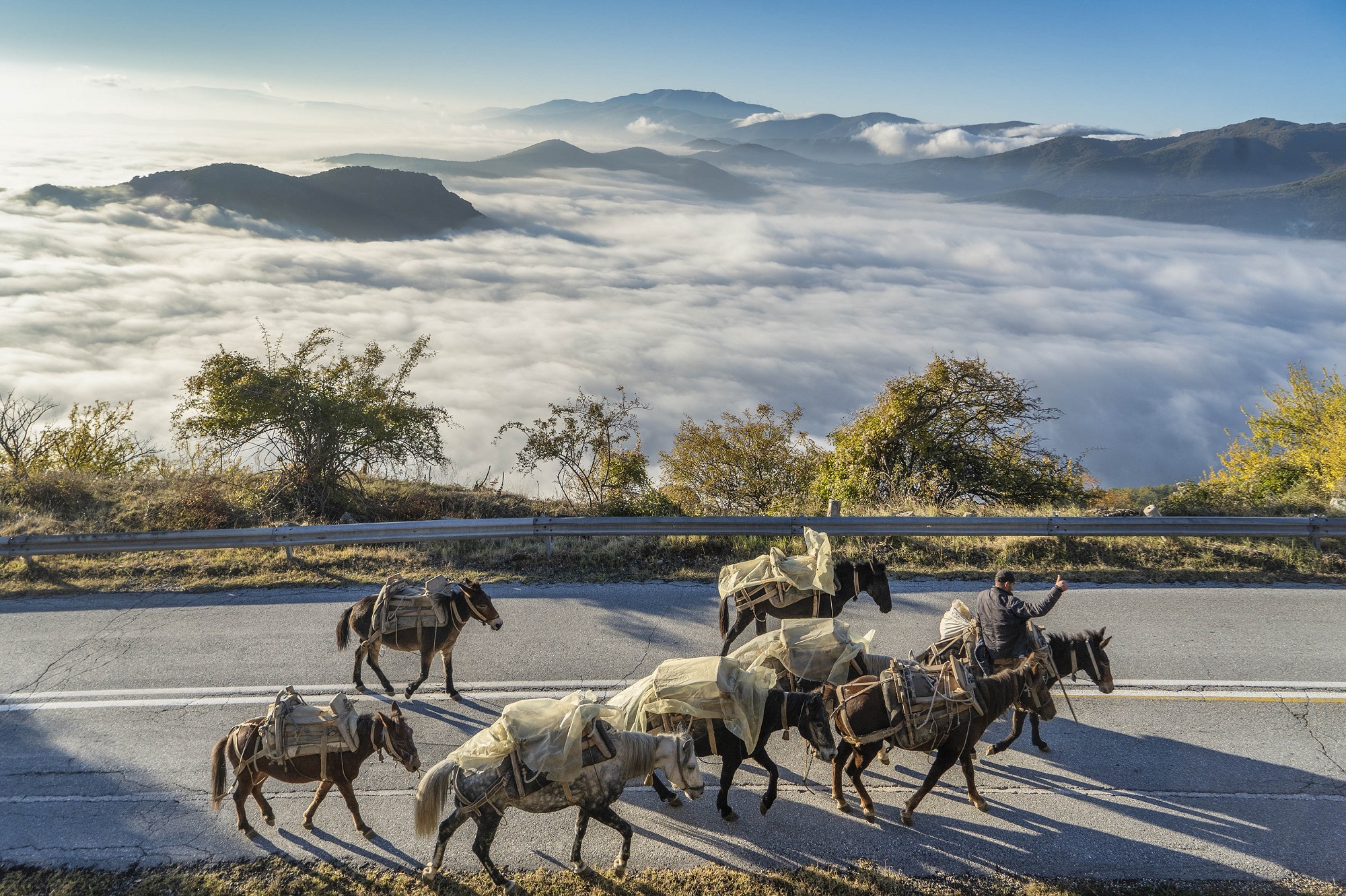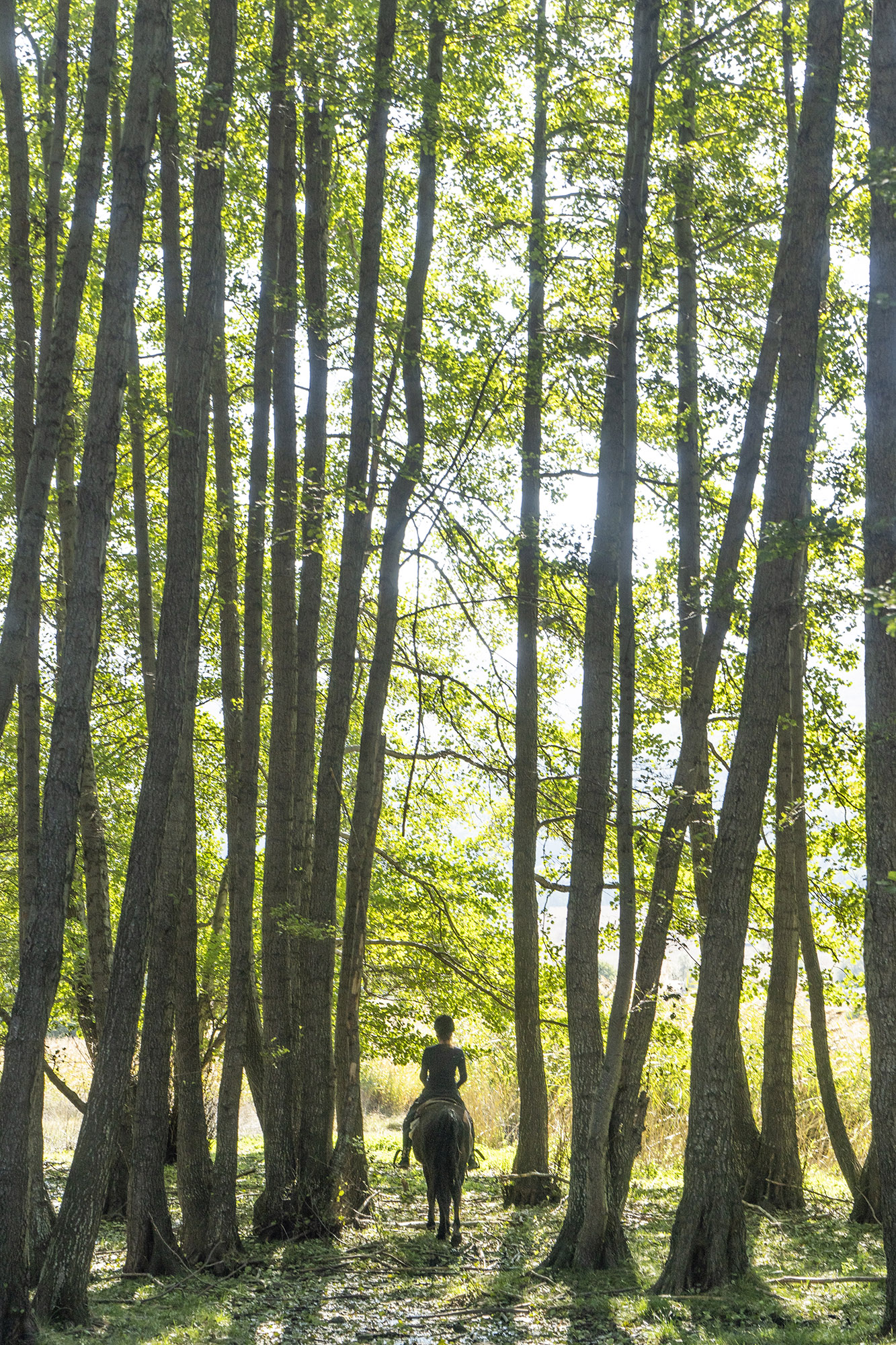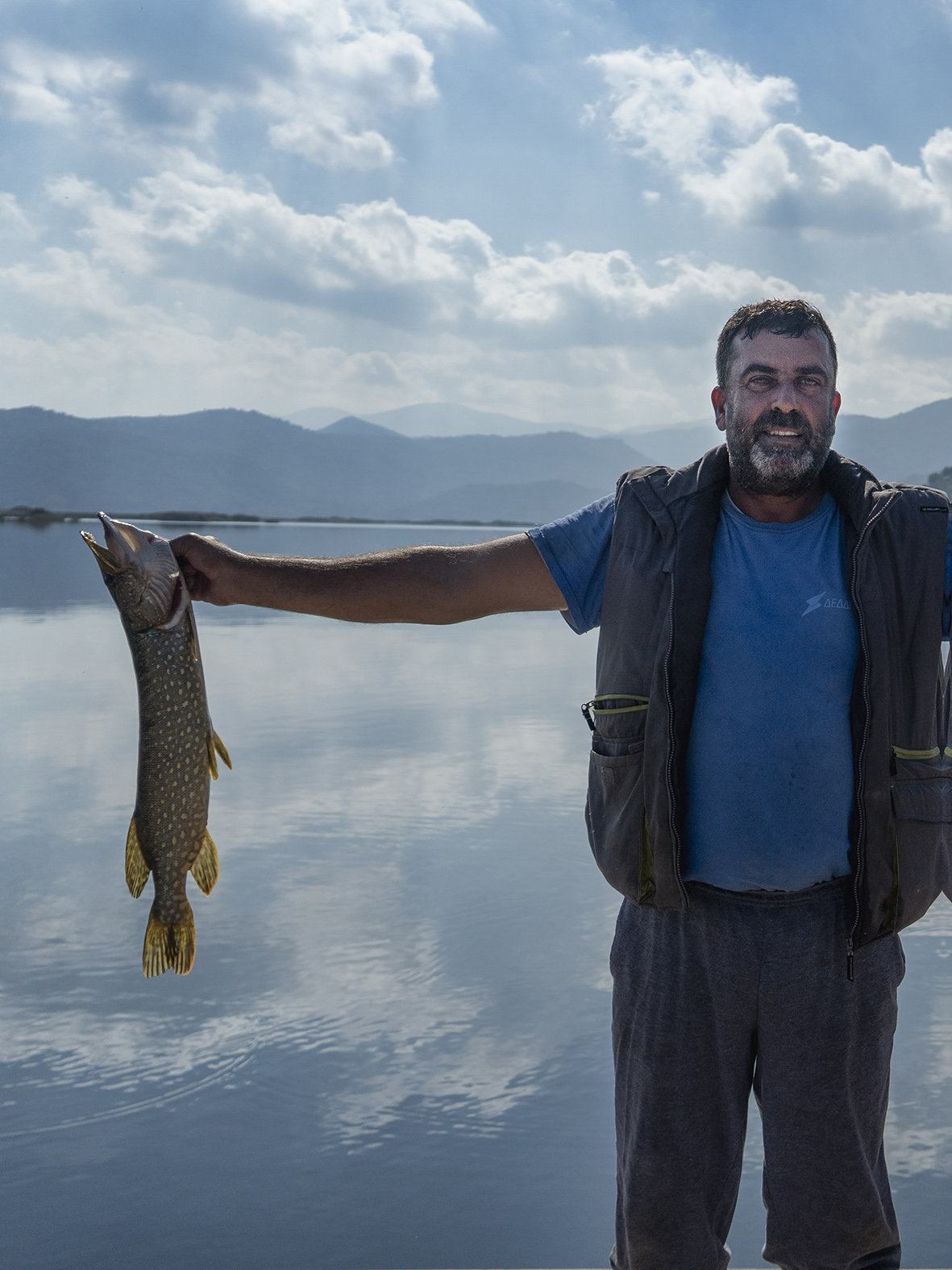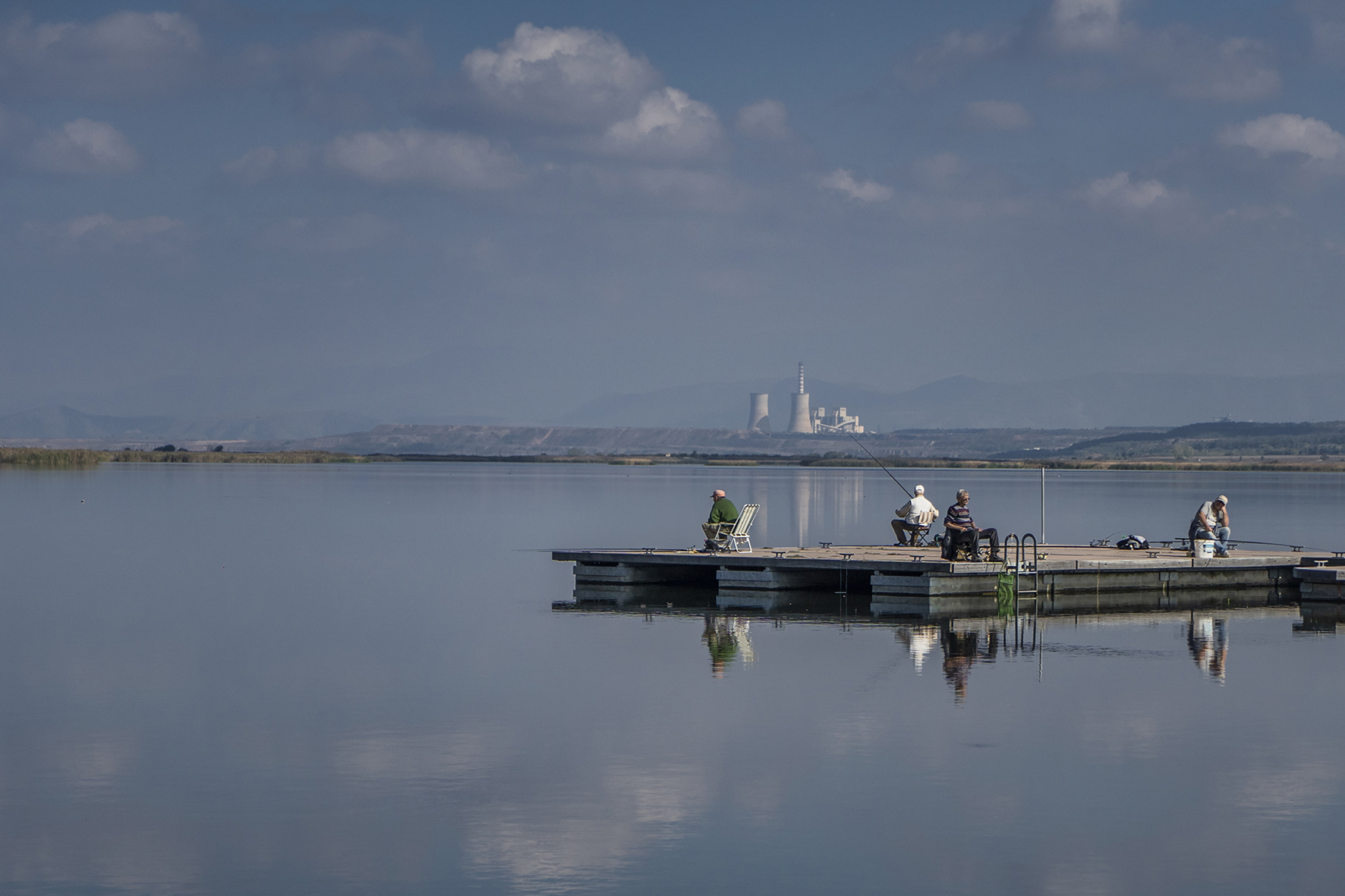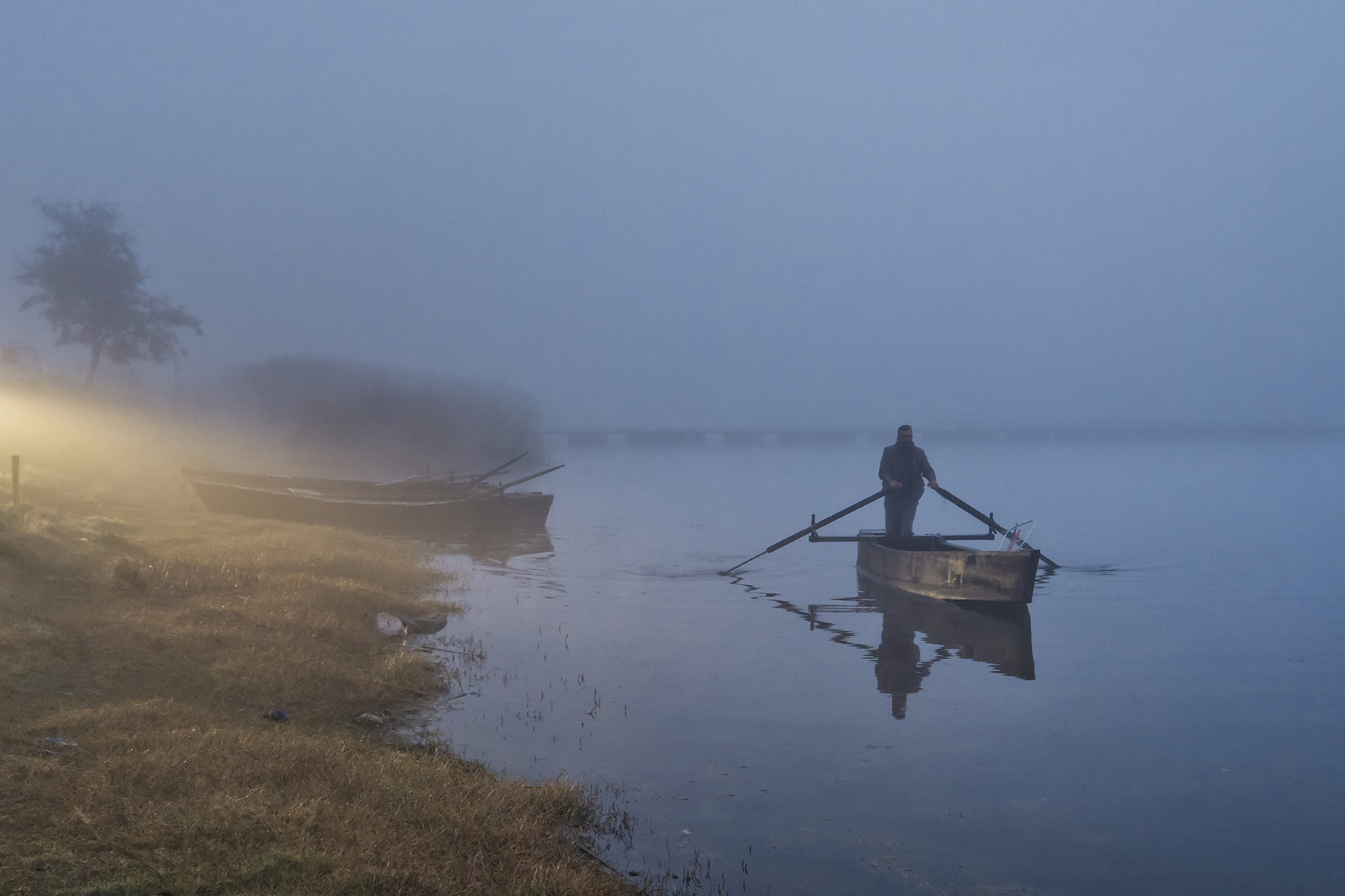Lake Chimaditis is still one of the few gorgeous hidden gems of the northernmost part of Greece. Though a picturesque destination and an amazing wetland, the lake is not among the most advertised spots of the wider region and thus is known only to seasoned visitors who have thoroughly explored the beauties of Florina.
Located in the southern part of the regional unit of Florina, at 593 metres altitude, the lake covers an area of 10,8 square kilometres and is quite shallow, with an average and a maximum depth of 1 and 3,5 metres respectively. Its maximum length is 6,3 km and its maximum width is 2,5 km.
According to scientific studies, Chimaditis is an ancient lake, as it seems to have been formed during the Ice Age, due to seismic activity. It is very close to the neighbouring lake Zazari (they share the same catchment area), from which it is fed. In turn, it feeds lake Petron through a channel that meets the Amyntas stream.
The lake, however, took its name in later years, as the mild (for the region’s standards) climate made it a wintering destination for farmers of the past. Until then, according to the information available to us, it was known as lake Anargyron or Rudnik marsh.
Because the farmers came down from the most mountainous villages and wintered in the sheltered western bays of the valley, the place where they and their animals dwelled, waiting for the next coming of spring, became known as Chimaditis.
It remains indeed a place of winter grazing today, although after the 1960s agricultural development took place around the lake, which put considerable pressure on it due to the drainage required, reducing its size.
Today’s lake lies in a particularly picturesque landscape, as it is surrounded to the west and east by two green hills, with mixed forests of oaks, elms and ash trees. it is bordered by modern farmland through wet meadows, and much of it features dense reed beds. Willows, poplars and alders abound on its banks and, depending on the season, there are also wonderful flowers: water lilies, orchids, wild pansies, as well as duckweeds and purple salsifies.
The mild climate, meanwhile, is the main reason for the stunning wetland created around the lake. Combined with the crucial fact that no settlements have developed on its shores, an attractive wildlife environment has been formed, which is now so abundant that the lake has been included in the Natura 2000 network.
It is estimated that today more than 150 species of birds live in Chimaditis, some of which are considered extremely rare. The lake is the most important breeding site for the swamp duck, which is considered an endangered species. On your route here, however, you will also see cuckoos, storks, bee-eaters and raptors such as vultures, snake eagles and black-capped kingfishers. Of course, there is also a significant population of amphibians – tree frogs, pond turtles, crested newts – while on the banks you will also see otters, pond snakes and the rare ground squirrels. Occasionally the lake is even visited by bears, wolves or wild boars. Chimaditis also hosts many fish species, thus a fishing destination for locals.
How to get there
Lake Chimaditis is 615km away from Athens and 195km away from Thessaloniki. Lake Chimaditis is 615 km from Athens and 195 km from Thessaloniki. Following the Egnatia Odos, take the exit to Ptolemaida. Once you reach Levaia, take the road to Nymfaio. Just before the junction leading there, you will see the lakes Chimaditis and Zazari on your left.
Arriving then at Limnochori (on the eastern bank of the latter), you can approach lake Chimaditis from there. Just keep an eye out as the guard dogs may see you as a threat. Other nearby villages, Αpart from Limnochori, you may also visit the nearby villages of Anargyri, Valtonera and Sklithro.
Read also:
Carla Lake in Thessaly is one of the most important wetlands in the Mediterranean
Smolikas Drakolimni: Sub-alpine lake with wild orchids on Greece’s second-tallest mountain
Nemuta: The unknown waterfalls of mountainous Ilia are quite a spectacle



